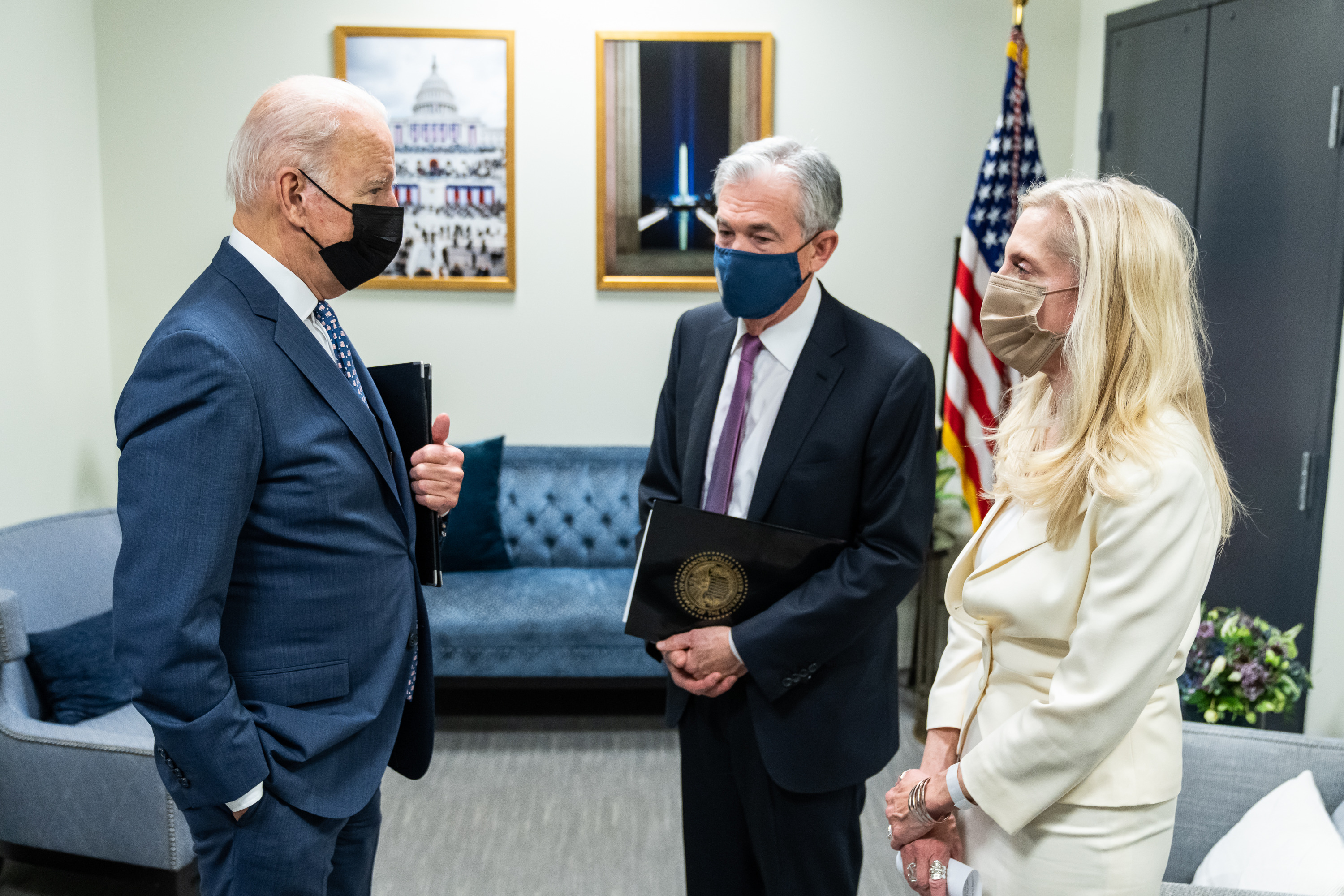Federal Reserve Chairman Jerome Powell is scheduled to appear before Congress on Wednesday and Thursday, where he will likely face inquiries regarding the central bank’s monetary policy direction for the year ahead.
Over the past few months, there has been a shift in the relationship between financial markets and the Fed concerning the expected pace and timing of interest rate adjustments. Initially viewed as highly accommodating, the Fed’s stance has transitioned to one of caution and deliberation, prompting market recalibrations.
As Powell prepares to testify, market participants are eager for insights into when the Fed might implement rate cuts and the extent of such adjustments. Quincy Krosby, Chief Global Strategist at LPL Financial, highlights the market’s keen interest in any subtle shifts or indications regarding the timing and magnitude of potential rate cuts.
Key to understanding the Fed’s future actions is its assessment of inflation, which Powell is expected to articulate during his testimony. While recent remarks from Powell and other Fed officials have expressed satisfaction with inflation trends, there remains a cautious tone, emphasizing the persistence of risks and the premature nature of easing monetary policy.
Market expectations currently suggest a commencement of rate cuts around June, with projections indicating approximately four quarter-point cuts over the year. However, policymakers have refrained from providing a definitive timeline, opting instead for a more nuanced approach to policy communication.
Message Gets Complicated By Mixed Signals
The inflation narrative has been relatively consistent, with data aligning closely with the Fed’s 2% target throughout much of 2023. However, January’s figures introduced a twist, revealing persistent elevation in consumer prices, particularly within housing costs, which pose a potential challenge to this trajectory.
Powell faces the task of navigating these recent developments as he addresses the House Financial Services Committee on Wednesday and the Senate Banking Committee the following day.

Joseph LaVorgna, chief economist at SMBC Nikko Securities, anticipates Powell’s message to emphasize progress made rather than a definitive achievement, highlighting an expectation of imminent rate cuts as a central theme.
Powell’s congressional testimony coincides with a delicate period for the markets. Following record highs, major stock indices have experienced a downturn amid ongoing apprehension regarding interest rate trajectories and sudden uncertainty surrounding certain prominent tech stocks that have been instrumental in driving market gains.
These dual concerns pose challenges for policymakers. Significant surges in asset prices may signal loose financial conditions, prompting the Fed to maintain policy firmness, while heightened uncertainty could raise fears of prolonged high-interest rates.
Steven Ricchiuto, U.S. chief economist at Mizuho Securities, underscores Powell’s need to adhere closely to the Committee’s commitment to data-driven decisions while expressing a desire for rate cuts. He notes that sharp fluctuations in financial conditions could potentially counteract the Committee’s objectives of sustaining tight labor market conditions while also anchoring inflation expectations and long-term rates.
Concerns Related To Politics
Powell faces additional complexities beyond economic factors. Despite the headline unemployment rate of 3.7%, some economists, including LaVorgna, perceive a softening in labor conditions. Moreover, the recent surge in cryptocurrency prices suggests a surge in risk-taking behavior, potentially indicating an excess of liquidity within the system.
Atlanta Fed President Raphael Bostic’s recent essay highlights concerns about potential speculative fervor following the initiation of rate cuts. Macquarie strategists underscore the challenge this poses for the Fed, suggesting that unexpected speculative bubbles could complicate efforts to adopt a dovish stance.

Political pressures add another layer of complexity. In addition to the typical scrutiny during presidential election years, there have been calls from Capitol Hill for rate cuts. Senator Elizabeth Warren, a vocal critic of Powell, urged the Fed in January to initiate cuts, particularly citing the burden of higher rates on lower-income households. This issue is likely to be addressed Thursday, with Warren being a member of the Senate banking panel.
LaVorgna emphasizes the necessity for Powell to articulate a compelling rationale for preemptive rate adjustments based on future inflation expectations rather than current conditions. Given the multifaceted challenges, he suggests the importance of a robust framework to navigate these intricacies.